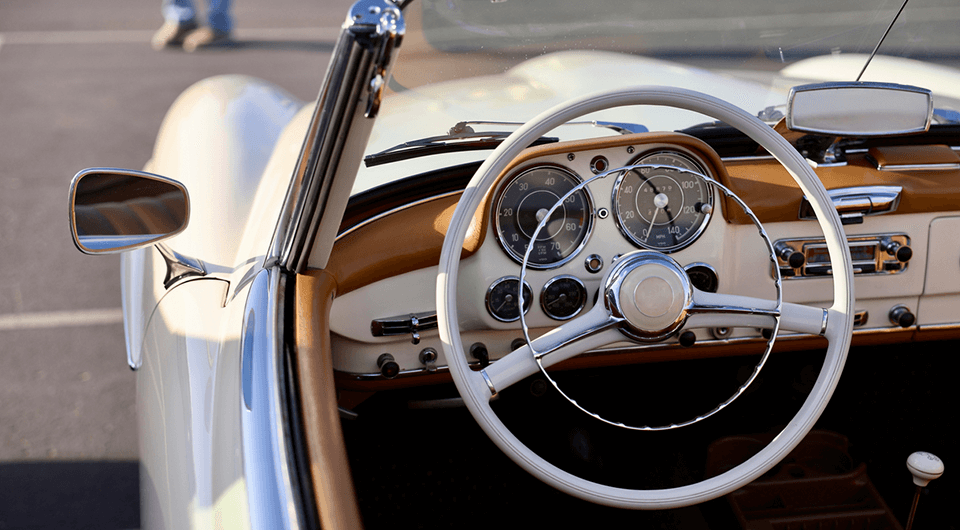Maintaining your car is crucial for its longevity, performance, and safety. While many car owners rely on professional mechanics for repairs and maintenance, there are several essential auto parts and repairs you can tackle yourself, even if you’re not a certified mechanic.
Not only does DIY car maintenance save you money, but it also gives you a better understanding of your vehicle. In this article, we will explore the fundamental auto parts and repairs that every car owner should know how to handle.
Engine Oil and Filter Change
Regular oil changes are the lifeblood of your vehicle’s engine. Fresh, clean oil helps lubricate the engine, reduce friction, and prevent wear and tear. It’s a relatively simple DIY task that requires minimal tools and supplies. Here’s how to do it:
Tools and Supplies:
- New engine oil (as specified in your owner’s manual)
- Oil filter
- Wrench
- Oil filter wrench
- Oil drain pan
- Funnel
Procedure:
- Lift the car using a jack and secure it with jack stands.
- Locate the oil drain plug beneath the engine and place the oil drain pan underneath.
- Remove the drain plug with a wrench and allow the oil to drain completely.
- Replace the old oil filter with a new one. Make sure to lubricate the gasket with a bit of fresh oil.
- Reinstall the drain plug and tighten it securely.
- Use a funnel to add the recommended amount of new engine oil.
- Start the engine and check for any leaks.
Air Filter Replacement
The air filter keeps dirt and debris out of your engine, ensuring it runs smoothly. This is another simple DIY task that requires no special tools.
Tools and Supplies:
- New air filter
Procedure:
- Open the hood and locate the air filter housing.
- Remove the housing cover, typically held in place by clips or screws.
- Take out the old air filter and replace it with the new one.
- Reattach the housing cover securely.
Spark Plug Replacement
Spark plugs play a critical role in igniting the air-fuel mixture in the engine’s cylinders. Over time, they wear out and need replacement, affecting engine performance and fuel efficiency.
Tools and Supplies:
- New spark plugs
- Spark plug socket
- Extension bar
- Ratchet
Procedure:
- Identify the spark plug wires and follow them to the spark plugs.
- Remove the wires carefully.
- Use the spark plug socket, extension bar, and ratchet to remove the old spark plugs.
- Install the new spark plugs by hand to avoid cross-threading.
- Tighten the new spark plugs with the socket and ratchet.
- Reattach the spark plug wires in the correct order.
Brake Pad Replacement
Maintaining your car’s braking system is essential for safety. Worn brake pads should be replaced to ensure optimal stopping power.
Tools and Supplies:
- New brake pads
- C-clamp
- Wrench
- Jack and jack stands
- Lug wrench
- Brake cleaner
- A small bungee cord or wire (to support the caliper)
Procedure:
- Loosen the lug nuts, then jack up the car and secure it with jack stands.
- Remove the wheel to access the brake components.
- Locate the caliper and use the wrench to remove the caliper bolts.
- Carefully remove the caliper and hang it using a small bungee cord or wire to avoid stressing the brake line.
- Remove the old brake pads and use a C-clamp to compress the caliper piston.
- Install the new brake pads and reassemble the caliper.
- Reinstall the wheel and tighten the lug nuts securely.
Battery Maintenance
A well-maintained battery ensures your car starts reliably. Regularly checking and cleaning the battery terminals can prevent electrical issues.
Tools and Supplies:
- Baking soda and water (for cleaning terminals)
- Battery terminal brush or wire brush
- Wrench
- Battery post cleaner tool (optional)
- Battery terminal protectant spray
Procedure:
- Disconnect the negative (black) cable first, then the positive (red) cable from the battery.
- Mix baking soda with water to create a paste, and use a brush to scrub the battery terminals and cable ends. Alternatively, you can use a battery terminal cleaner tool.
- Rinse the terminals with clean water and let them dry.
- Reconnect the positive cable first and then the negative cable.
- Apply a battery terminal protectant spray to prevent corrosion.
Conclusion
DIY car maintenance can be a satisfying and money-saving endeavor. By learning to perform these essential auto parts and repairs, you can keep your vehicle in good shape, reduce maintenance costs, and gain a deeper understanding of how your car works.
However, it’s essential to consult your owner’s manual and research specific procedures for your vehicle’s make and model before attempting any DIY maintenance or repairs. If you’re unsure or uncomfortable with a task, it’s always best to consult a professional mechanic to ensure your car remains safe and reliable on the road.





